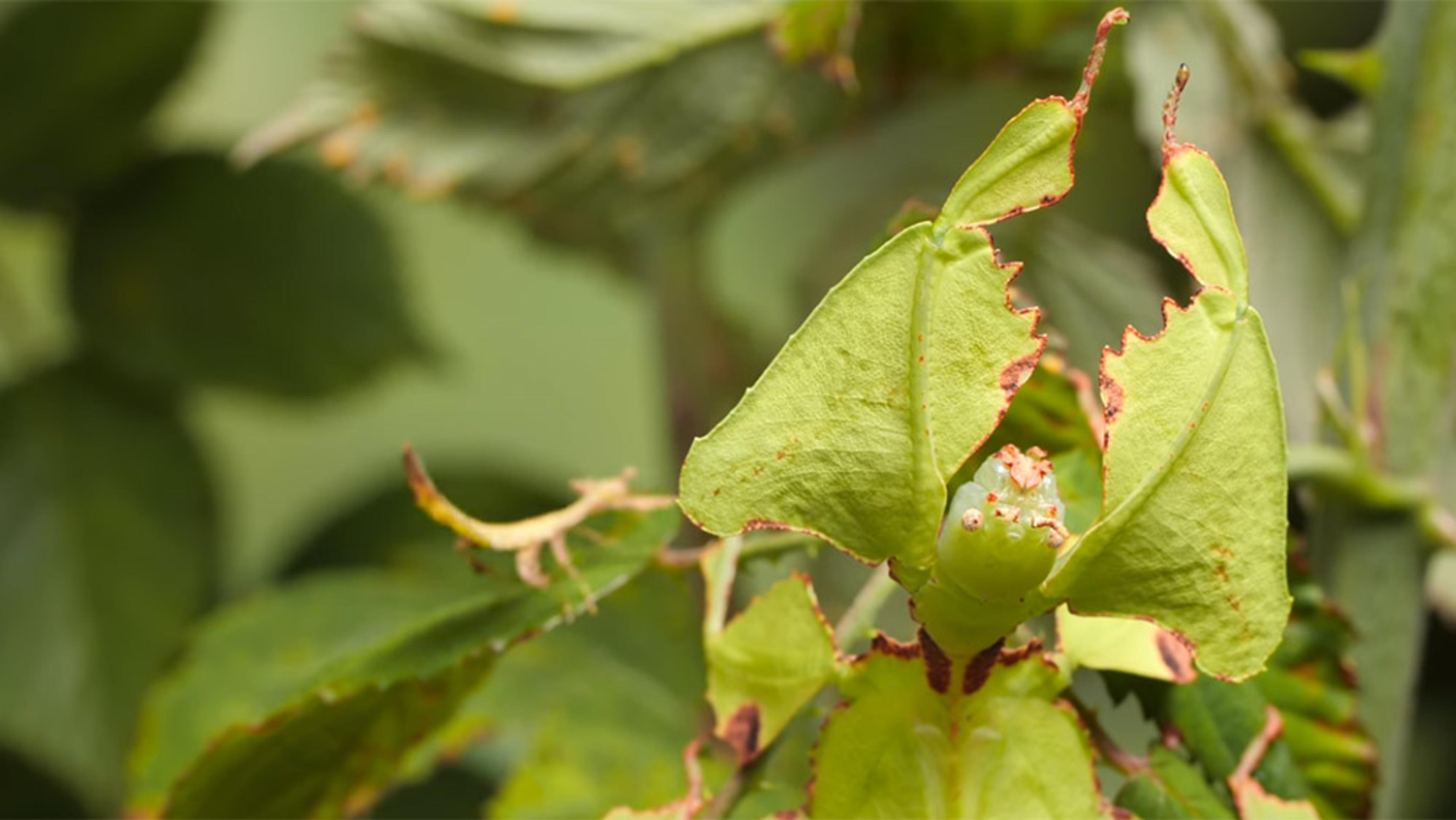Neither plant nor animal, shapeshifting plasmodial slime mould was once considered a fungus, which it sometimes resembles. The mould crawls 1/25th of an inch per hour in search of life-sustaining nutrients and, despite lacking a brain, displays basic forms of computation and intelligence. This trailer for the feature-length documentary The Creeping Garden gives a brief glimpse into what has made plasmodial moulds such a point of fascination for scientists, mycologists and artists, including whether the moulds could hold clues to the origins of intelligent life.
Could organless plasmodial slime mould hold secrets about intelligent life?
Directors: Tim Grabham, Jasper Sharp

videoBiology
Creeping through mazes, repelling threats – the slo-mo smarts of slime moulds
5 minutes

videoDeep time
When algae met fungi – the hidden story of life’s most successful partnership
4 minutes

videoBiology
Glow worms mimic stars, creating a stunning faux night sky in a New Zealand cave
4 minutes

videoBiology
An ode to the humble rotifer – one of nature’s simplest and strangest creatures
9 minutes

videoEvolution
When is a leaf not a leaf? When it’s got six legs and a face
4 minutes

videoMathematics
Why is a mathematician studying fungus?
3 minutes

videoEcology and environmental sciences
The incredible – and still quite mysterious – way trees trade information via their roots
5 minutes

videoBiology
The blob with a superpower: cut a flatworm in four pieces and watch it regenerate four-fold
5 minutes

videoBiology
The idea that life on Earth originated elsewhere is not as far out as it seems
6 minutes